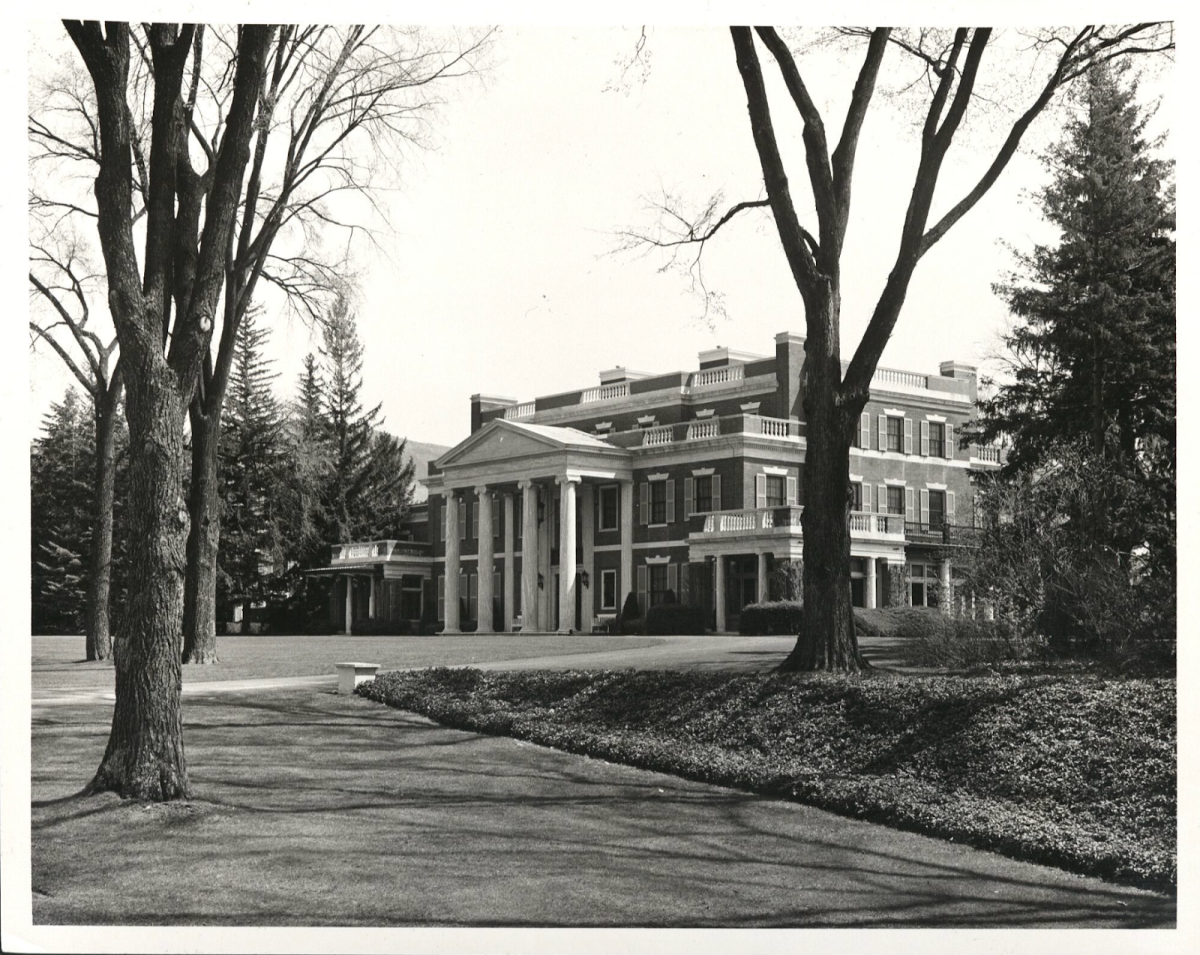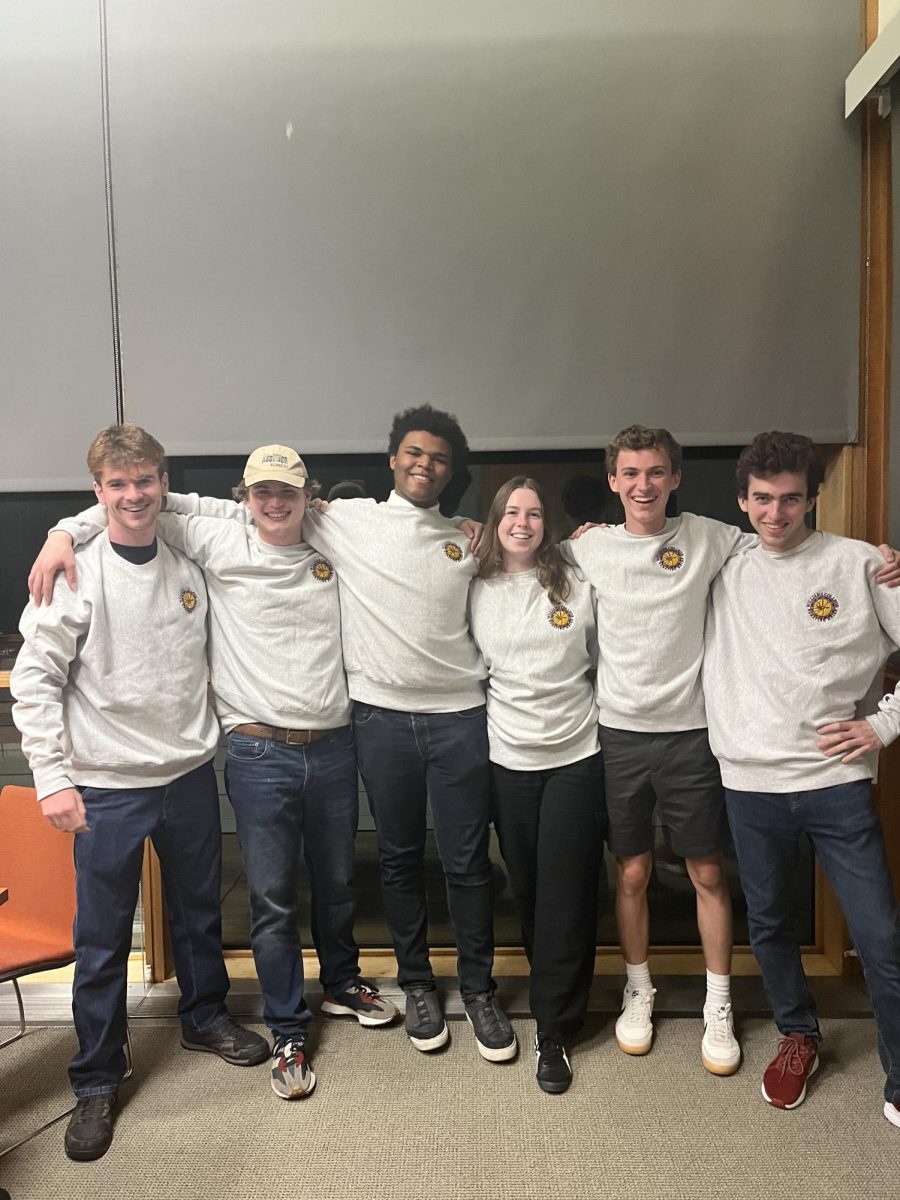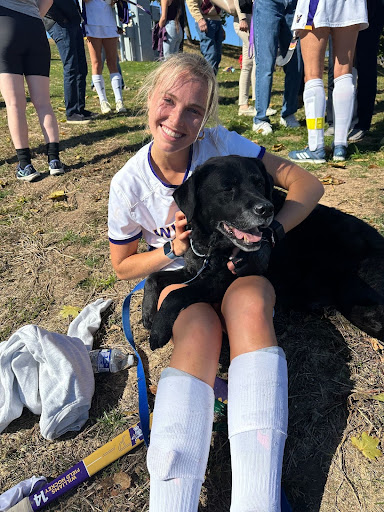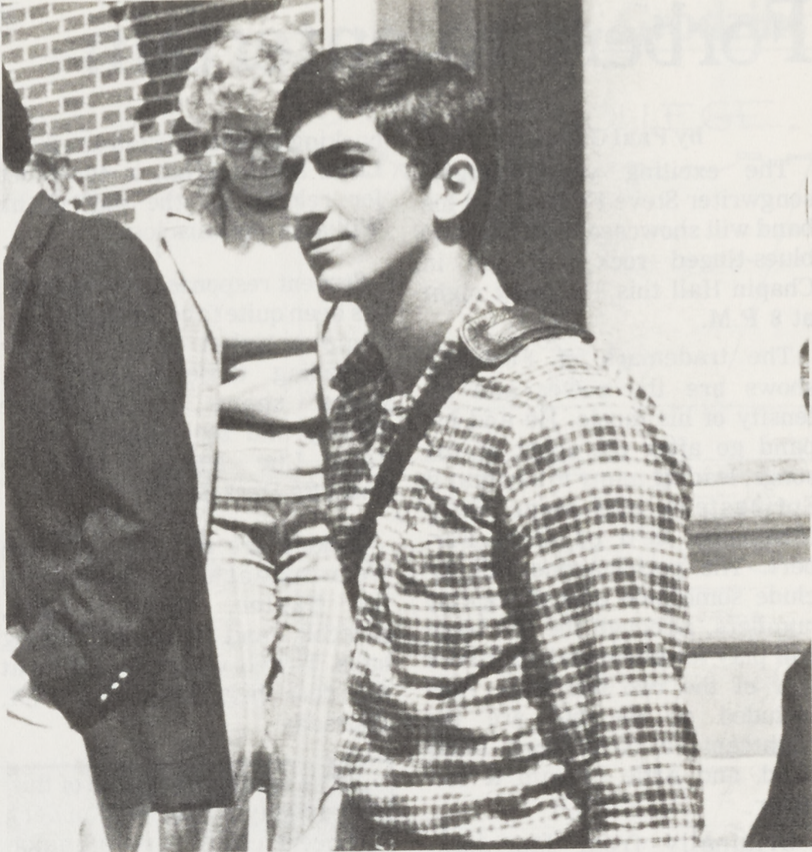Tuesday, Feb. 4, at 4:21 p.m.: President of the College Maud S. Mandel sends an email to the entire campus community, titled, “Update: Williams prevention and preparedness measures for coronavirus.”
At that point, China had been the only country with confirmed cases of COVID-19, and the tone of the email is mostly precautionary, listing advice and resources available for members of the College community.
Even though COVID-19 had been on the minds of senior staff since January, no one envisioned that the campus would have to shut down for the rest of the semester.
“It did not cross my mind at all at that early point that it would escalate to the situation we’re in now,” Dean of the College Marlene Sandstrom said.
Over a matter of weeks, COVID-19 rapidly transformed in intensity, upending economies and uprooting lives, and quickly broke into the bubble of the Purple Valley.
The morning of March 11, Mandel sent an email to all students, faculty and staff announcing the decision to close campus and transition to remote learning, following similar decisions by many peer institutions around the country. This decision was the culmination of many weeks of stressful, tiring and emotionally-charged yet collaborative COVID-19 related meetings by administrators – weeks of deliberating and planning for a situation that continued to evolve by the day.
“This has been a long pathway.”
The COVID-19 pandemic had been on the minds of the College’s administration since January. “We started talking about the coronavirus at the end of January, and that’s when we … sent an email to the campus saying we had created the group[working with COVID-19-related issues],” Mandel said. “I started thinking about the fact that we would need to do [something] just after Christmas.”
The administration had their first meeting regarding COVID-19 on Feb. 4. At first, the administration was thinking more about students studying abroad rather than those on campus, due to the initial outbreaks in other countries. “Even in early January we were having conversations about how to support students specifically with study abroad locations,” Associate Vice President for Finance Matthew Sheehy said. “So this has been a long pathway.”
The early conversations were focused on what would happen if COVID-19 eventually made its way to campus and students had to be quarantined, largely assuming that campus would stay open. “We were actually thinking about what we had planned for when we had to deal with H1N1 back in 2009, and the fact that we used that planning opportunity to quarantine students up at Mount Hope,” Vice President for Campus Life Steve Klass said. “I think early on this year, we were thinking about that sort of response if we had confirmed cases … staff or faculty that might ask to stay home or students we had to quarantine on or near campus.”
The administration’s thinking about the pandemic started to shift when COVID-19 cases began to spread around the globe. “I remember one of those key moments being the moment when it shifted beyond China, when we weren’t just thinking about one country and how to get students out but when it started to spread to other countries and the problem became more complex,” Chief Communications Officer Jim Reische said.
Once COVID-19 cases began to show up in the United States and spread to the Berkshire area, the problem became more urgent for the College. “Berkshire County had an early breakout of cases, which was strange, because we’re not the core urban center of Massachusetts,” Mandel said. “If our students filled out the healthcare system and then people who were really at risk because of their age or autoimmune issues wouldn’t be able to get the healthcare they needed, that was at least for me … the major issue.”
Tuesday, Feb. 25, 4:54 p.m.: Sandstrom sends an all-campus email, titled, “Update on coronavirus measures, week of February 25.” In the email, the College offers students the opportunity to stay on campus, and encourages those planning on traveling to either postpone their plans or register international travel plans. No decision has been made yet to move to remote learning.
Friday, March 6, 3:02 p.m.: Reische sends out a link to the College’s new website on COVID-19 and a comment form. As of print time, over 700 comments have been submitted.
“We were listening to the science.”
In the days leading up to the release of the College’s decision to close campus and move to remote learning, the administration met frequently to solidify a plan to keep everyone safe. “We were together more than we have ever been in our professional lives, in high-frequency and long-duration meetings because we were trying to figure out all the different pieces that we needed to anticipate and address so that we could feel like students and faculty and staff were supported,” Sandstrom said.
When closing the campus started to look like an possibility, the administration did not make the decision lightly. “We asked ourselves if we would look overly cautious but now that worry itself seems quaint,” Dean of the Faculty Denise Buell said.
As the administration paid close attention to current events and the pandemic intensified, remote learning started to seem like the best option to keep students, faculty and staff safe. “It was a series of things that started to be reported by people in the world of public health [and] other universities,” Mandel said. “We were listening to the science.”
The decisions of other peer institutions to close their campuses also added to the administration’s feeling that it should close our campus for the spring semester. According to Sandstrom, “[Someone] said, ‘The dominoes are falling in this direction,’ and there were several days where that was true but we didn’t know where we were going to situate ourselves, and that expression stuck in my mind.”
Monday, March 9: Sandstrom and Mandel both send emails out that day, the former encouraging community members to make arrangements if they are immuno-compromised, the latter announcing the cancellation of Previews and college-sponsored international travel as two cases in the Berkshires have been confirmed. It is two days later that the College announces its move to remote learning.
“There was really nothing else during that period.”
“It was like nothing I’ve ever experienced in my life,” Mandel said when describing the 24 hours leading up to her announcement that the campus would close. And although Mandel ultimately voiced the College’s plan in her email, she was far from the only person making this decision.
“The role was really collective,” Mandel said. “I think it’s safe to say that while I was the voice of the announcement, the decision was one that we worked our way to as a group. I think I even remember at one point going around and making sure that everybody agreed it was the right decision. We had different roles … in terms of who was in charge of what, but it was a collaborative decision.”
The 48 hours leading up to Mandel’s email were extremely taxing on the administration. The only thing on their minds, they said, was keeping students, staff, faculty and the surrounding community safe, and putting together a plan to smoothly transition the College into new circumstances. “Monday and Tuesday were the domino part that [Sandstrom] was talking about,” Mandel said. “We were awake for the entire time.”
“We were just on the phone or on Skype with each other constantly or in the room just running back and forth,” Reische said. “There was really nothing else during that period.”
“I remember us all sitting in your living room, stress-eating pizza — at least, I was,” Klass said as he recalled a meeting senior staff had one weekend in Mandel’s living room.
Their individual calendars reflected the chaos that was unfolding: Mandel’s still included meetings that were canceled as ad-hoc coronavirus meetings became more urgent; portions of Reische’s calendar simply said “COVID-19” in big letters; and in Sandstrom’s calendar, meetings planned weeks prior were still listed, but for her, it felt odd to discuss topics unrelated to COVID-19 – as if things were “business as usual.”
All the while, senior staff also had to reckon with the stresses and challenges that the coronavirus would add to their lives outside of their jobs.
“We’re all dealing with this and our personal lives at the same too,” Reische said, which Mandel and Sandstrom, who both have children in college, agreed with. “This had a very kind of multidimensional, really emotionally complicated feel to it that went way beyond the question of, ‘Should we shut down the Williams campus?’” Reische added. “It was a lot to deal with. That affected the way I thought about the professional part — it was that it was bringing all of this other emotional baggage from my private life and trying to figure out when that should be relevant and when I needed to keep some sort of separation from personal angst and professional care for Williams.”
Sunday, March 15, 1:30 p.m.: Reische sends an email to students, encouraging them to send in questions they may have about financial aid and other matters in an effort to help students adjust to the new circumstances.
“The challenges are only beginning.”
While reflecting on the process that led up to the College’s decision, Mandel said, “Not only do I believe this was the right decision, but we probably should have made it two weeks earlier.”
The College’s work to execute this decision is just beginning. “We’re continuing with our ongoing operational implementation while those who are working on the remote learning piece of it, that starts next week,” Klass said.
Faculty are preparing for next week, when remote learning will begin. “In some ways, the challenges are only beginning,” Mandel said. “This was a moment in time, but the coronavirus continues to shape all of Spring 2020 at Williams College, and all the different teams here are continuing to work very hard to make it as smooth as possible, given the tremendous challenges we still face.”
Sheehy explained how the College is currently tackling these ongoing challenges. “There are 13 of us on the operations committee that really [work out] the nuts and bolts of the institution running and supporting students from Dining and Campus Safety and Security to Facilities to the Office of Student Life, all [have] representation on this committee, and [we] thought through everything from the early stages when the senior staff indicated this might be a possibility,” Sheehy said. “Today, [we are] continuing to provide support to students, and as this evolves, how do we make sure we’re prepared to support those students for some time … and also how are we supporting the local community … not to mention how are we supporting our faculty and staff and their families.”
While campus will remain indefinitely closed for the 2020 spring semester, the administration expressed hopefulness that the student body will be able to return in the fall. “I know we’ll all be relieved to reconvene together on campus,” Buell said. “Maybe, just maybe, there will be some silver lining in this imposed time of innovation and imagination. Perhaps we’ll discover some things in this strange time that will inspire our on-campus teaching and learning in ways we can’t yet predict.”








